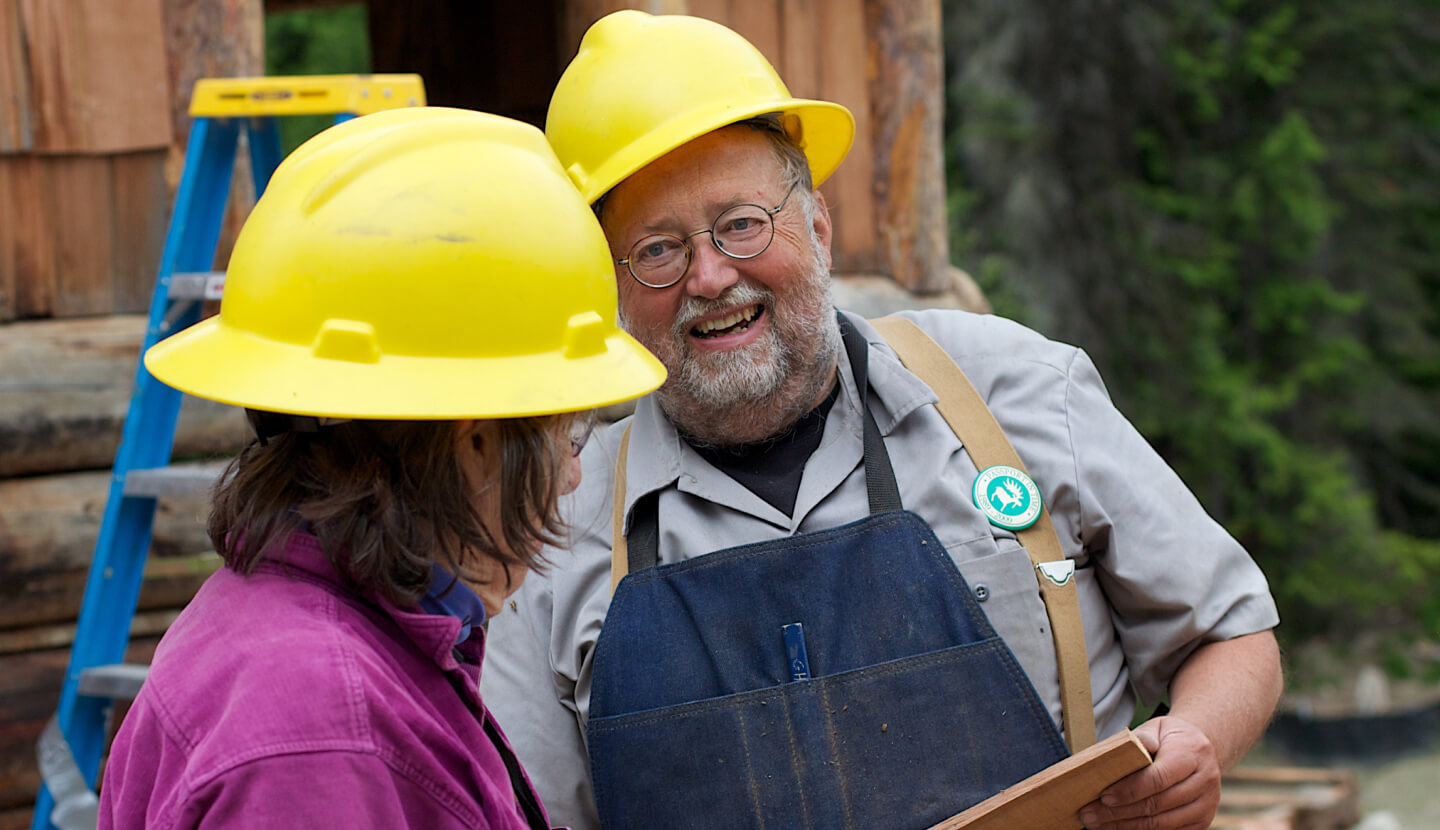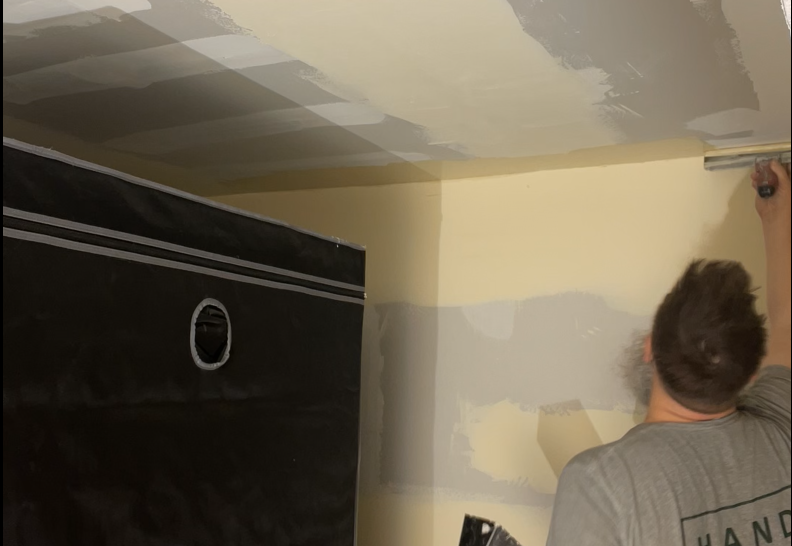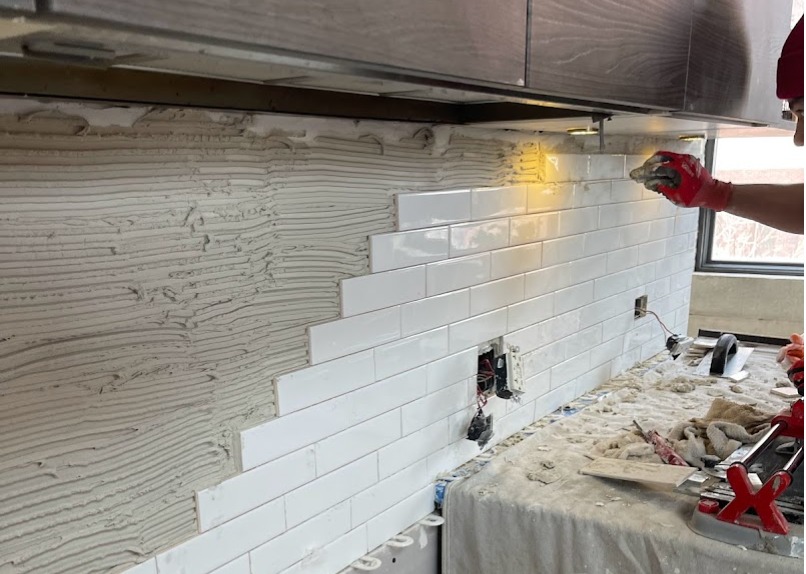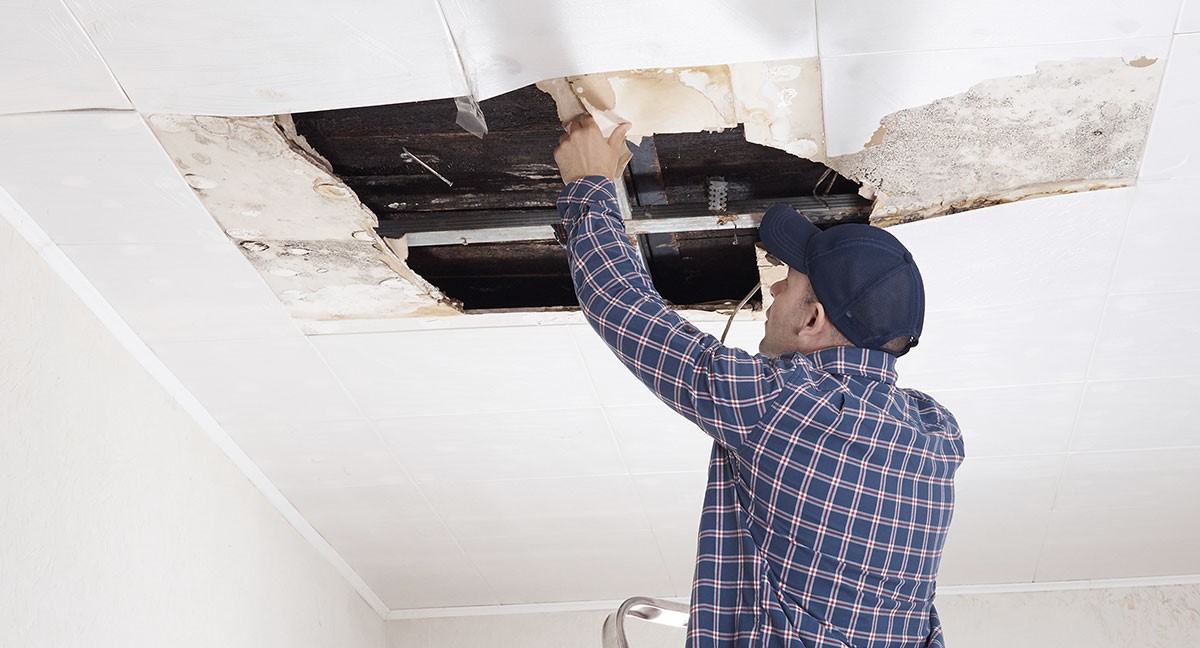
Drywall
-

How to Remove Drywall Anchors: Quick and Easy Tips for DIY Home Repair
For as much as we all use them, you might think everyone knows how to…
-

How Long Does Drywall Mud Take to Dry: Quick Guide for DIYers
Drywall mud is a key part of finishing walls, but waiting for it to dry…
-

Can you tile over drywall? Quick guide for DIY
Thinking about sprucing up your home with some new tile? You might be wondering if…
-

How to Repair Drywall: Quick Fixes for Holes and Cracks
Fixing drywall can seem tricky, but it’s a handy skill for any homeowner. Whether you’re…
-

How Many Coats of Primer on New Drywall: Quick Guide for DIYers
Priming new drywall is a key step before painting. It helps the paint stick better…






